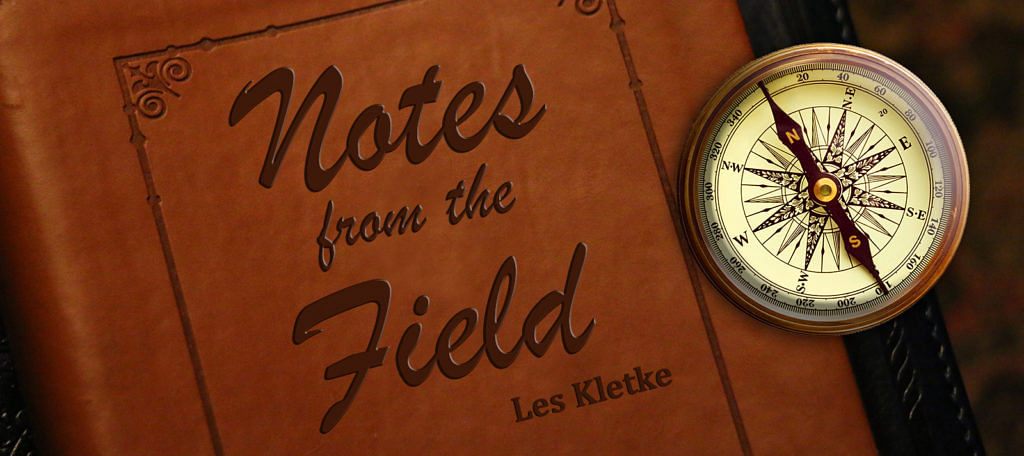
It is a lesson I had learned before but I needed a review—not all countries in a
region (or continent) are the same. I knew better but was guilty of using a wide brush
when painting Uruguay on my mind’s map.
Early in the visit I learned that this country had avoided many of the problems of
other South American neighbours. It had a relatively stable economy with an inflation
rate of 10%, unemployment at 7%, and nationalized electricity, gas, water and telephone
services. Education is free, and it does have a two tier health care system. Bridgette, our
guide, created a fairly positive picture of the country, and I had no reason to believe
otherwise.
Our first stop was the Bouza Winery, and of the score or more wineries I have
visited this rated as one of the best. Before being herded into the tasting room and
encouraged to purchase cases of their special vintage to be shipped anywhere in the world
(there would be time for that later, and they did a good job on the sales aspect) we were
given an agronomic presentation on grapes, hosted by someone who did more than recite
the script; she could answer questions.
It turned out the family had addressed the fungus problem which usually attacked
grapes by grafting the stalks of newer varieties onto roots of older varieties that carried
resistance to the fungus but had a significant yield drag compared to newer variegates.
The vintner was so confident of the process that the rows of grapes did not have a rose
bush on the end of each row as is the case in most wineries I have visited. Roses are the
canaries of the wine industry and are the first to suffer from a fungus infection. They are
used as an indicator of problems coming, just as canaries were in mines of yester-year.
The Cave used for wine aging was a welcome stopping place as it offered at least
temporary relief from the heat of the day. It was also large enough that even my
claustrophobic self was comfortable with 20 of my new friends in the bowels of the earth.
Time for the sales pitch: We were ushered to the ‘tasting room’ (doubling as a
sales centre) where we were served a beautiful lunch with a pairing of four of the
company’s most popular wines. Though it was all well done, what caught my attention in
a corner of the room was a beautifully restored 1937 Ford with right hand drive.
I had completed a coffee table book for a client from South Dakota the previous
fall. He had 18 restored 1937 Fords, one of every model, and we had featured them in his
book. What he did not have was a right hand drive model. I took a few pictures and got
the story on the car to share with Joe when I got home. Sending him the pictures was
enough to get him wondering if that one might be for sale. It would not have been beyond
possibility; he did own one of only four stainless steel ‘37 Fords built, of which only two
still exist.
Wine tour complete, we were back in the car and heading to town when Sandra
informed Bridgette that I would sooner see some country than head back to the city. She
obliged and turned the car around. It was not long before we happened upon a herd of
dairy cattle and I asked if we could stop for some photos. Once more Bridgette
accommodated us. I was at the fence line taking pics of the cows when the farmer noticed
and came over. Asking a farmer about his cows will defuse any awkward situation and
soon he was telling me about the herd of Jerseys. When he learned I was from Canada he
told me that his bull came from Canada and I must visit the yard and see him.
Piedmontese Red Angus cross beef herd he kept in the other pasture. I turned down the
invitation to visit those accommodations, assuming it would be an equally difficult place
for a cow to find substance. The pasture was a dry place with an abundance of rocks.
The winery had explained the advantage of rocks in their enterprise was that they
reflected heat and aided in grape production. I could not see any benefit to the existence
of rocks in a pasture where cows were placed to graze.
We headed back to Montevideo and Bridgette asked if we would rather see a
vegetable market than the traditional shopping centre. A good guide picks up on the
interest of her clients and she was a very good guide.
She deposited us at a site that had come to life as a Farmers Market at a time
when locals first came to the city to sell their produce. It had grown to include some
trendy kiosks and was now making a comeback as a place to buy fresh produce. The
factory next door, which was a massive building, had been converted to fashionable
apartments to entice a clientele that would drive the market place. We discussed real
estate prices and the attractiveness of the American dollar. I now understood why many
Americans and even some Canadians were choosing Uruguay as a place of residence.
My touring was complete and though I was happy with the day’s findings, I was
still on the hunt for Amanda’s knitting yarns. I’m sure I covered as many miles on foot in
a wild goose chase following directions to the wool store, as we had all day in the car.
Sandra had long since returned to the cruise ship when I happened upon a shop
that carried the fleece of local animals and I bought the proprietor out of two colours. I
knew enough to get complementary shades but at this level of production numbers are
small, I took them all.
